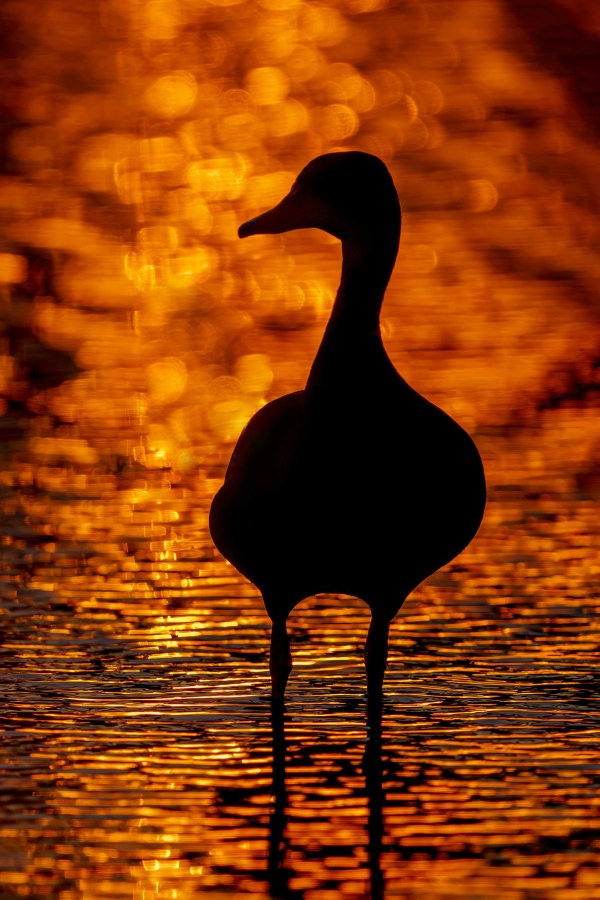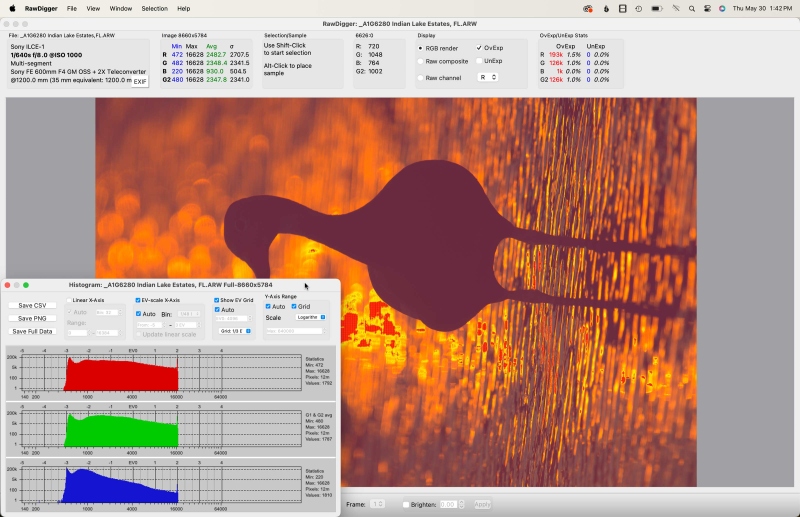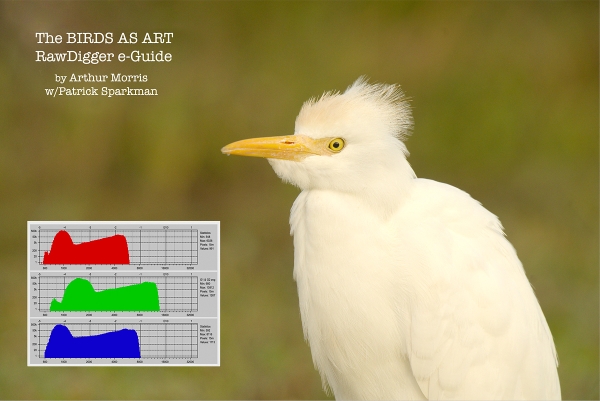Take Time to Laugh
When dying of cancer, basketball coach Jim Valvaono was often asked how he found the strength to carry on. Speaking quite emotionally, he would answer: “To me, there are three things we all should do every day every day of our lives. We should find the time to laugh, to think, and to cry.”
I pretty much do all three every day without even trying. Honest. If you are lacking in the laugh department, watch the The Seinfeld ROUNDTABLE video above. The Seinfeld cast and Larry David reminisce on the best Seinfeld moments. Even if you are not a huge fan, you will LYAO (laugh your ass off).
Important Notice
After an update on 4 May, WordPress stopped sending post notifications. We are aware of the issue and are working on rectifying it. You can always visit the blog by visiting or bookmarking www.BIRDSASART-Blog.com.
Supporting My Efforts Here
If you enjoy and learn from the blog, please consider using one of my affiliate links when purchasing new gear. It will never cost you a single penny. To support my effort here, please order from B&H by beginning your search here. Or, click here, to order from Bedfords and enter the discount code BIRDSASART at checkout to receive 3% cash back to your credit card and enjoy free Second-Day Air Fed-Ex shipping. It is always best to write for advice via e-mail.
In many cases, I can help you save some serious dollars. And/or prevent you from purchasing the wrong gear.
Live Life to the Fullest
Join an Instructional Photo-Tour. For nearly a week of private instruction and great flight photography, check out the Jacksonville IPT.
What’s Up?
Photography down by the lake at ILE has been fabulous, the best May ever. Right now I have 2762 images from yesterday to get through, most with the Sony a-1! Sunset last night was good but without the fog, the swath of sunlight reflecting off the water was super-bright. That made the photograph even more challenging than it had been on Wednesday night.
Today is Friday 31 May 2024. I will, of course, be heading down to the pier in fifteen minutes. Whatever you are doing, I hope that you too choose to have a great day.
Please remember to use the B&H links that are found on most blog pages and to use the BIRDSASART discount code at checkout when purchasing your new gear from Bedfords to get 3% back on your credit card and enjoy free second-day air FedEx. Please, also, consider joining a BAA IPT. You will be amazed at how much you will learn!
If an item — a Delkin flash card, or a tripod head — for example, that is available from B&H and/or Bedfords, is also available in the BAA Online Store, it would be great, and greatly appreciated, if you would opt to purchase from us. We will match any price. Please remember also to use my B&H affiliate links or to earn 3% cash back at Bedfords by using the BIRDSASART discount code at checkout for your major gear purchases. Doing either often earns you free guides and/or discounts. And always earns my great appreciation.
|
|
|
This image was created on 29 May 2024 down by the lake near my home at Indian Lake Estates, FL. Working from the driver’s seat of my SUV, I used the BLUBB-supported Sony FE 600mm f/4 GM OSS lens, the Sony FE 2.0x Teleconverter, and The One, the Sony Alpha 1 Mirrorless Digital Camera). The exposure was determined via Zebra technology with ISO on the thumb dial. ISO 640. 1/640 sec. at f/8 (wide open) in Manual mode. When evaluated in RawDigger, the raw file exposure was determined to be perfect. AWB at 8:07:14am five minutes before sunset. Black-bellied Whistling Duck sunset silhouette |
The Situation
Though the wind was supposed to be from the northeast on Wednesday afternoon — bad for front-lit flight photography on a sunny afternoon, I opted to head down to the lake to check on the two recently fledged and barely flying young Ospreys. The wind was from the north by slightly west when I arrived so I had hope. But when an adult with a fish landed on the nest tower it angled to the northeast so I gave up. Within a few minutes the wind turned to the northeast. To keep busy until sunset, I created 796 tight head portraits of some cooperative Turkey Vultures with the a1 at 1200mm on the BLUBB.
The Sunset
With some light fog in the western sky the chances for great color were great. And that is exactly what unfolded. The “bad” wind for traditional front-lit flight photography was perfect for silhouettes, but the challenges were large. Isolating a single duck was nearly impossible, even at 1200mm. Finding some clean water was equally difficult as the birds were standing in patches of grass. Throw in the fact that nearly all of the ducks are paired off. I stuck with it till I hurt and never gave up. The very best images were made five minutes before the sun touched the western horizon.
Photographic Cliches?
Lots of folks state that they do not like silhouettes because they are all cliches.
Surfing a bit, I found this a blog post by a landscape/travel photographer named Mitchell Kanashkevich:
So, a cliché in photography is anything that’s overly obvious, lacks originality of idea and has been seen in a similar shape or form countless times.
I checked out his images and quickly saw that he is a talented and accomplished photographer. So I kept reading. You can read the whole post here. Be sure to learn about Mitchell here and follow a few of the links to check out some of his incredible images.
The Question
Do you consider today’s featured image to be a cliché? Why or why not?
|
|
RawDigger e-Guide with Two Videos |
Ho Hum, Another Perfect Exposure
What can I say? The combination of Zebras live in the viewfinder (with your camera set up properly) and post-capture study of the raw files in RawDigger makes it pretty much child’s play to come up with perfect exposure after perfect exposure. Not o worry. Canon, Nikon and others can still learn a ton by evaluating their raw files in RawDigger.
It would be impossible to overstate how much I have learned by studying RawDigger and how much better my exposures have become since I started with the program almost four years ago. With the G channel approaching the 16000 line, the raw file brightness for today’s featured image is dead solid perfect.
RawDigger — not for the faint of heart …
Nothing has ever helped me learn to create perfect exposures to the degree that RawDigger has. I think that many folks are reluctant to learn that most of their images are underexposed by one or more full stops and that highlight warnings in Photoshop, Lightroom, Capture One, and your in-camera histogram are bogus as they are based on the embedded JPEGs. Only your raw files tell the truth all the time. Heck, I resisted RawDigger for several years … Once you get over that feeling, RawDigger can become your very best exposure friend no matter what system you are using. On the recent IPTs and In-the-Field sessions, we have demonstrated that fact over and over again. Convincingly.
|
|
RawDigger e-Guide with Two Videos |
The RawDigger Adapted (pink) Histogram
In the RawDigger e-Guide, you will learn exactly how to set up the Adapted “pink” RawDigger Histogram and how to use it to quickly and easily evaluate the exposure or raw file brightness of images from all digital cameras currently in use. RawDigger was especially helpful to me when I struggled with R5 exposures and learned my new camera body, the Sony Alpha a1.
The RawDigger e-Guide with Two Videos
by Arthur Morris with Patrick Sparkman
The RawDigger e-Guide was created only for serious photographers who wish to get the absolute most out of their raw files including those like today’s featured image, that were made in extremely difficult situations.
Patrick and I began work on the guide in July 2020. At first, we struggled. We asked questions. We learned about Max-G values. We puzzled as to why the Max G values for different cameras were different. IPT veteran Bart Deamer asked lots of questions that we could not answer. We got help from RawDigger creator Iliah Borg. We learned. In December, Patrick came up with an Adapted Histogram that allows us to evaluate the exposures and raw file brightness for all images created with any digital camera bodies from the last two decades. What we learned each time prompted three complete beginning to end re-writes.
The point of the guide is to teach you to truly expose to the mega-Expose-to-the-Right so that you will minimize noise, maximize image quality, best utilize your camera’s dynamic range, and attain the highest possible level of shadow detail in your RAW files in every situation. In addition, your properly exposed RAW files will contain more tonal information and feature the smoothest possible transitions between tones. And your optimized images will feature rich, accurate color.
We teach you why the GREEN channel is almost always the first to over-expose. We save you money by advising you which version of RawDigger you need. We teach you how to interpret the Max G values for your Canon, Nikon, and SONY camera bodies. It is very likely that the Shock-your-World section will shock you. And lastly — thanks to the technical and practical brilliance of Patrick Sparkman — we teach you a simple way to evaluate your exposures and the raw file brightness quickly and easily the Adapted RawDigger histogram.
The flower video takes you through a session where artie edits a folder of images in Capture One while checking the exposures and Max-G values in RawDigger. The Adapted Histogram Video examines a series of recent images with the pink histograms and covers lots of fine points including and especially how to deal with specular highlights. The directions for setting up the Adapted Histogram are in the text.
If we priced this guide based on how much effort we put into it, it would sell it for $999.00. But as this guide will be purchased only by a limited number of serious photographers, we have priced it at $51.00. You can order yours here in the BAA Online Store.
Typos
With all blog posts, feel free to e-mail or to leave a comment regarding any typos or errors.

















Cliche? No, my first thought was that the bright Velvia-like color reminded me of the great silhouettes in The Art of Bird Photography. Oddly, the larger image that you get by clicking has a less red, more orange color balance.
Never a fan of the Seinfeld show (or any sitcom, it seems, after high school). But you’re right that we’ve “progressed” into a mean, ugly, and dangerous place, and also about the value of laughter. A favorite line from a hilarious favorite movie, Kubrick’s Dr. Strangelove: “Mr. President, I’m not saying we wouldn’t get our hair mussed. But I do say no more than ten to twenty million killed, tops.” Or as the film’s Major Kong puts it, “Well boys, I guess this is it. New’klr combat, toe-to-toe with the Rooskies.”
Thank for chiming in, Cliff, and thanks for your kind words on ABP. From here, the colors look identical. Strangest of all is that you are looking at the same exact image. Not sure what goes on behind the scenes.
Never saw Dr. Strangelove, but good to know only 10-20 million dead.
with love, artie
Interesting that you pulled up a reference to Seinfeld and if you have a chance, search for and watch his recent interview with Bari Weiss – very riveting.
Anyhow, before I read the cliche remark, I was marveling over the silhouette and this is coming from someone who doesn’t normally like silhouettes. So no, this image isn’t a cliche, rather it is beautiful.
Thank you Adam. I found the interview here: https://www.thefp.com/p/jerry-seinfeld-on-the-rules-of-comedyand-a83?utm_source=tfptwitter
Listening was well worth my time. Kudos to Seinfeld for not being afraid to say what he thinks and for back ing his words up with his actions. Pretty good for another Jewish boy from New York.
Highlights of the intro include:
“The first episode of Seinfeld aired in 1989. Thirty-five years later, the show remains at the apex of American culture.”
“And this: Jerry Seinfeld made the most successful show about a Jew to ever exist. This was no small feat. In fact, one NBC executive, after watching the Seinfeld pilot for the first time in 1989, didn’t think it should even go to air. He said it was “too New York and too Jewish.”
And yet, it worked. And as Seinfeld spent years making Jewishness an iconic part of American pop culture, Jerry says he experienced not a drop of anti-Semitism.
But now, during a time that is supposed to be the most inclusive, the most sensitive, the most accepting, and the most tolerant time in human history, Jerry Seinfeld is targeted for being a Jew.”
And the interview itself was excellent. I’ve loved Seinfeld (and the whole crew for decades) and the interview heightened my respect for him.
a
Likewise. Not bad for a kid from LI though I’m not sure that my dad (who grew up in the Bronx) would have considered him a real New Yorker. Then again, my father said there were two kinds of people in the world, New Yorkers and those who wished they were New Yorkers.